Objective:
- A nationwide study of socioeconomic mixing and urbanization has not been undertaken because of difficulties in ascertaining individual-level socioeconomic status (SES), determining when dyadic exposure occur, and amassing the data needed to compare across cities or counties
Case:
Methodology:
- Exposure segregation: $ES = Corr(SES, \overline{SES_es}) = \frac{cov(SES, \overline{SES})}{\sigma_{SES}\sigma_{\overline{SES}}}$
Data Source
- Mobile phone and POIs: SafeGraph
- Home: CoreLogit real estate database
- Rent: Zillow
- Census: American Community Survey
- Transport: Tiger
Findings:
- Exposure segregation is higher in large MSAs
- Exposure segregation is lower because when people venture outside their home tracts, they experience more diversity
- Segregation can be mitigated when frequently visited POIs
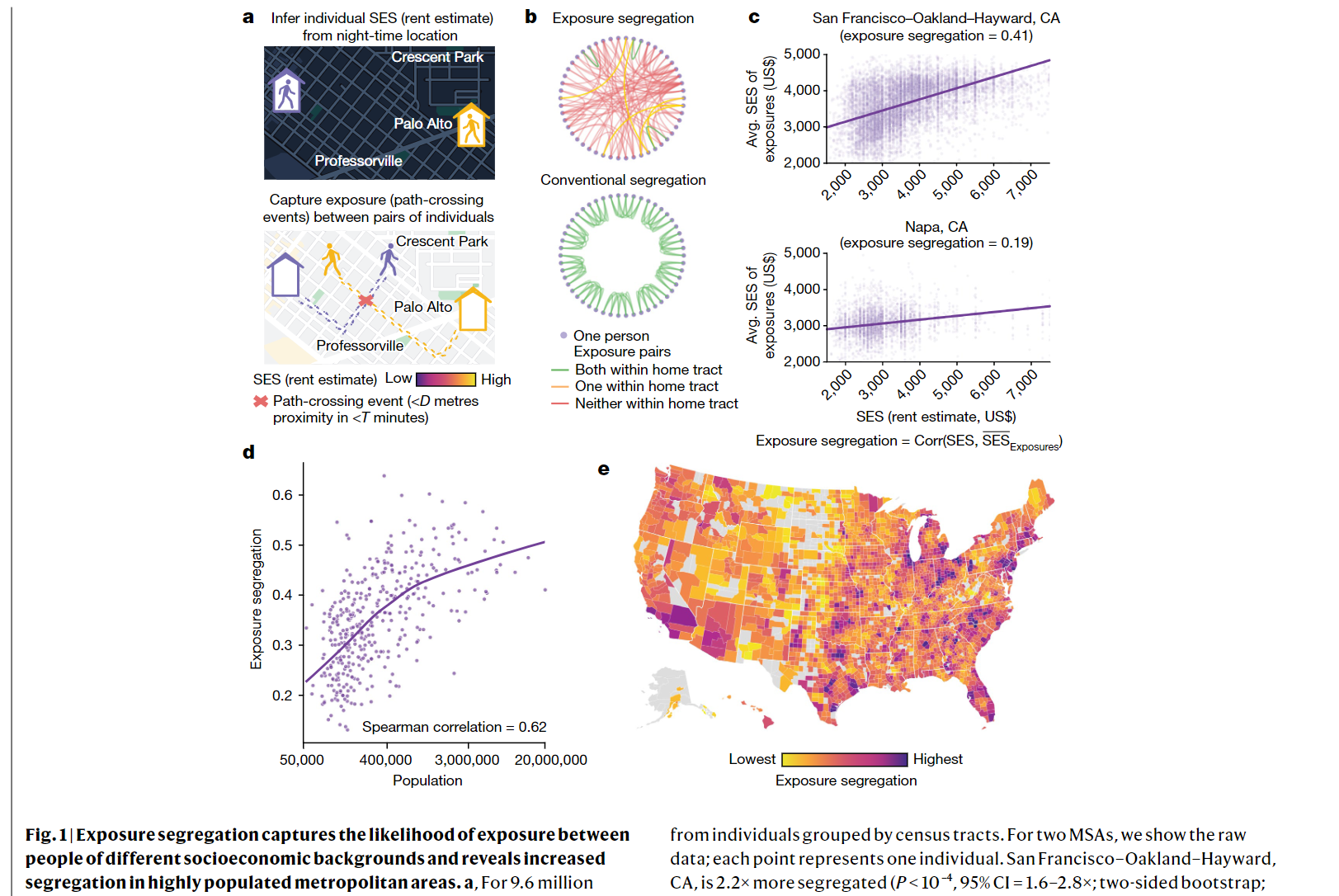
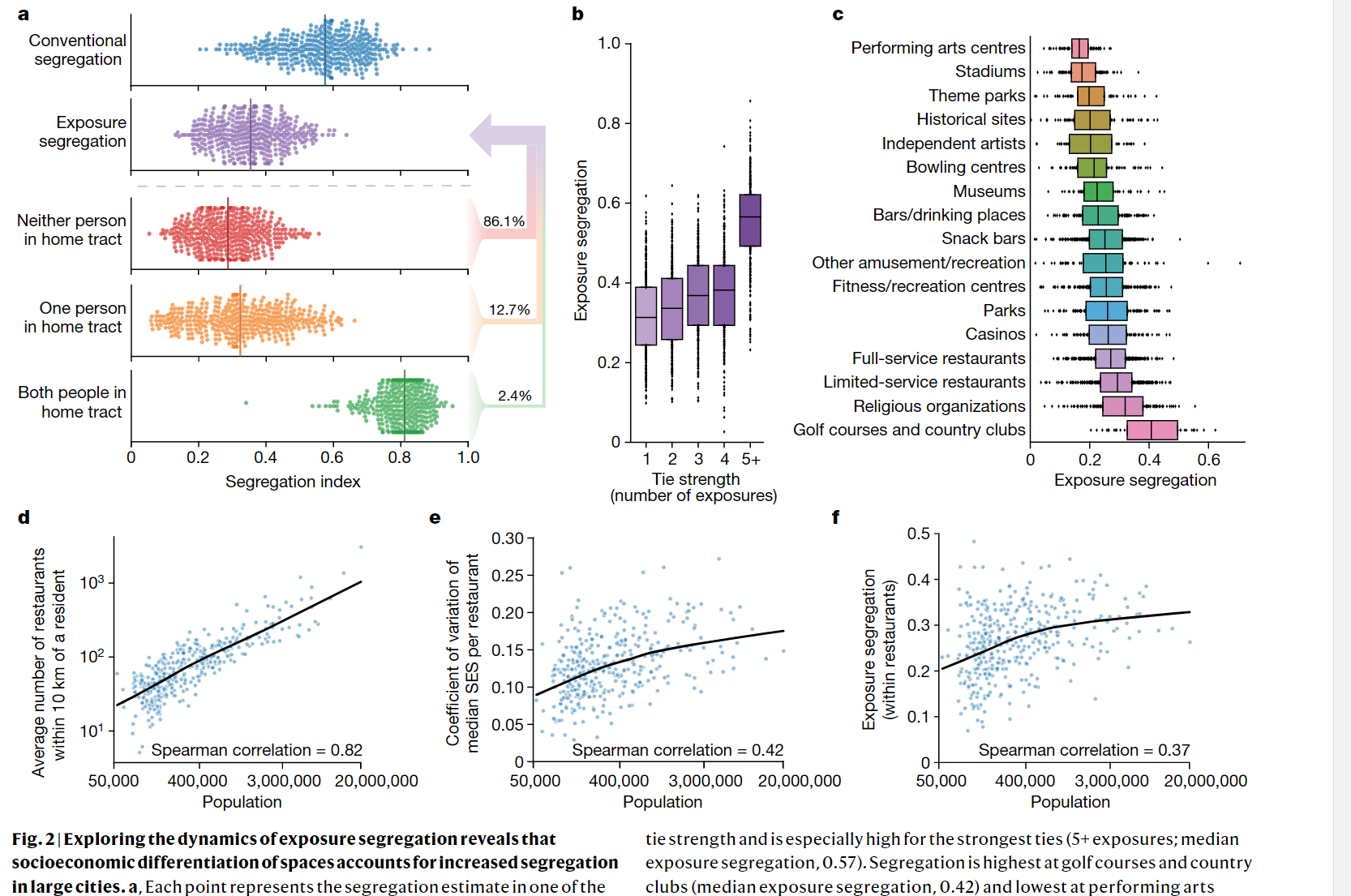
- Larger MSAs offer residents a greater number of leisure choices
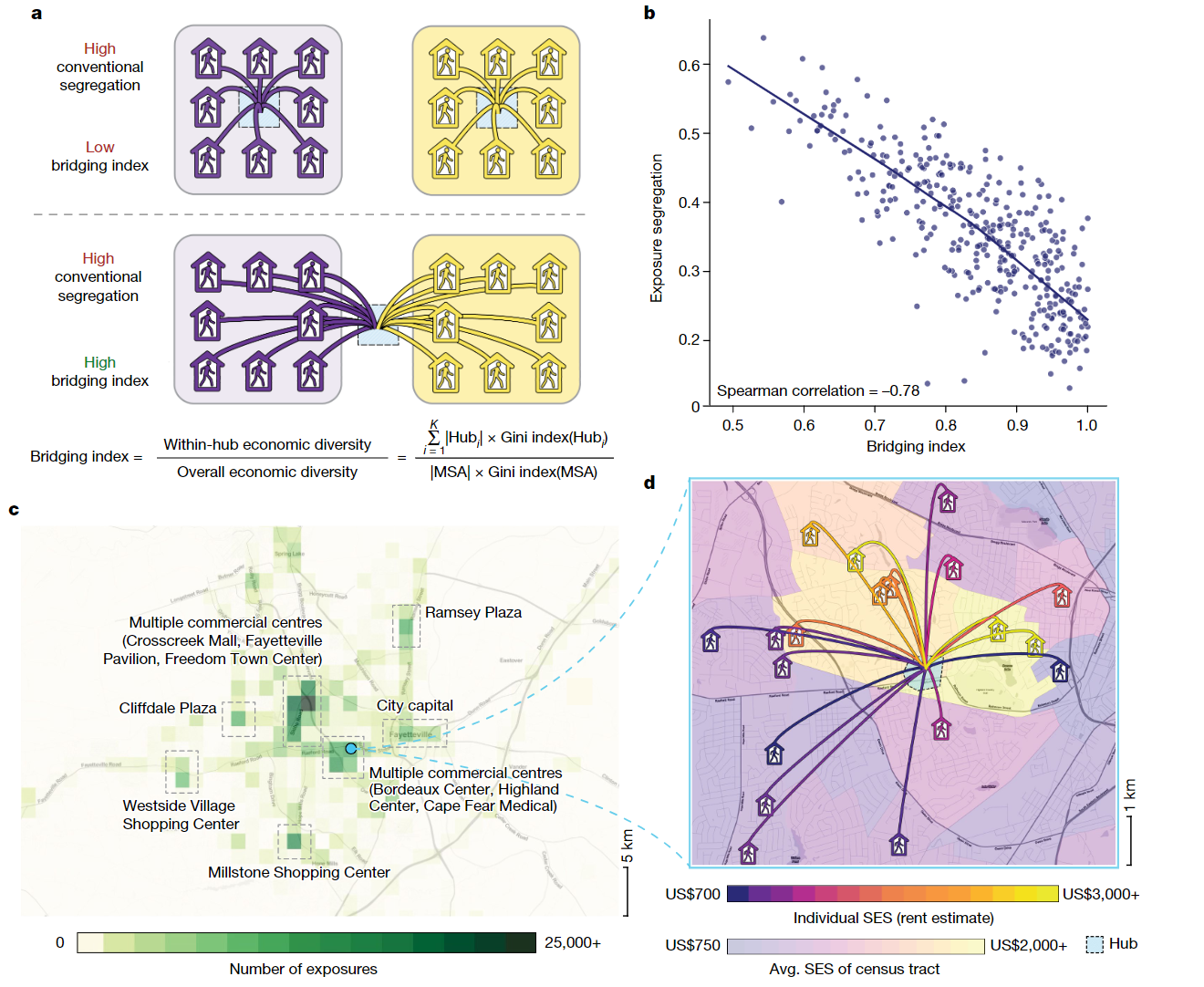
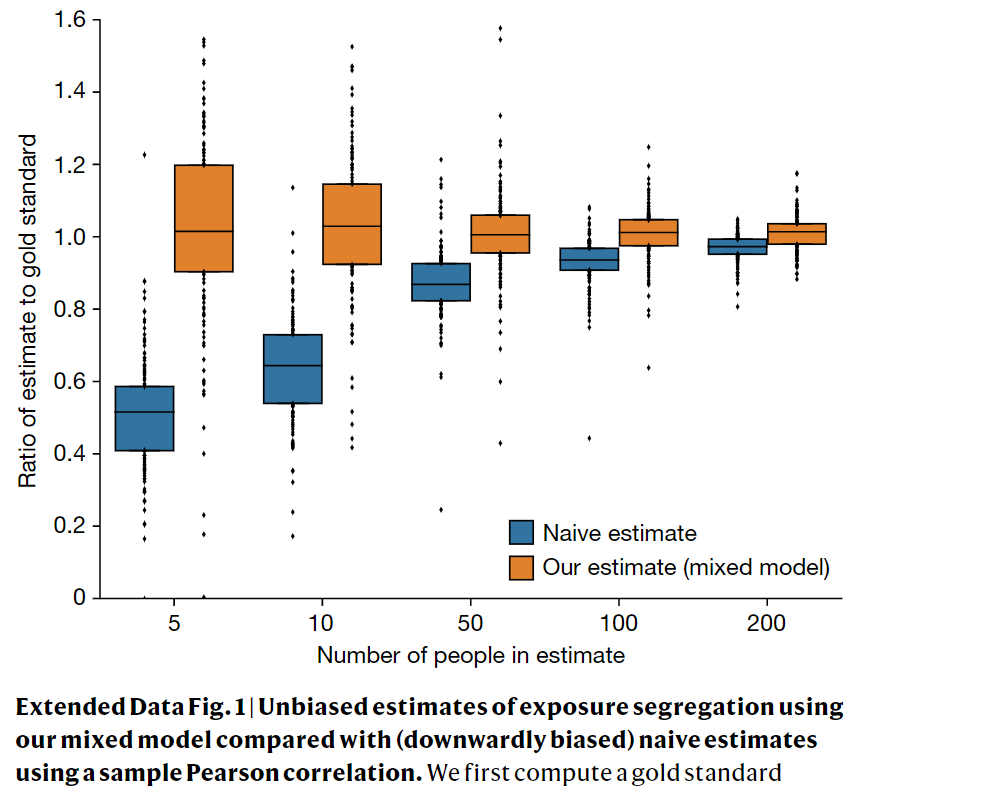
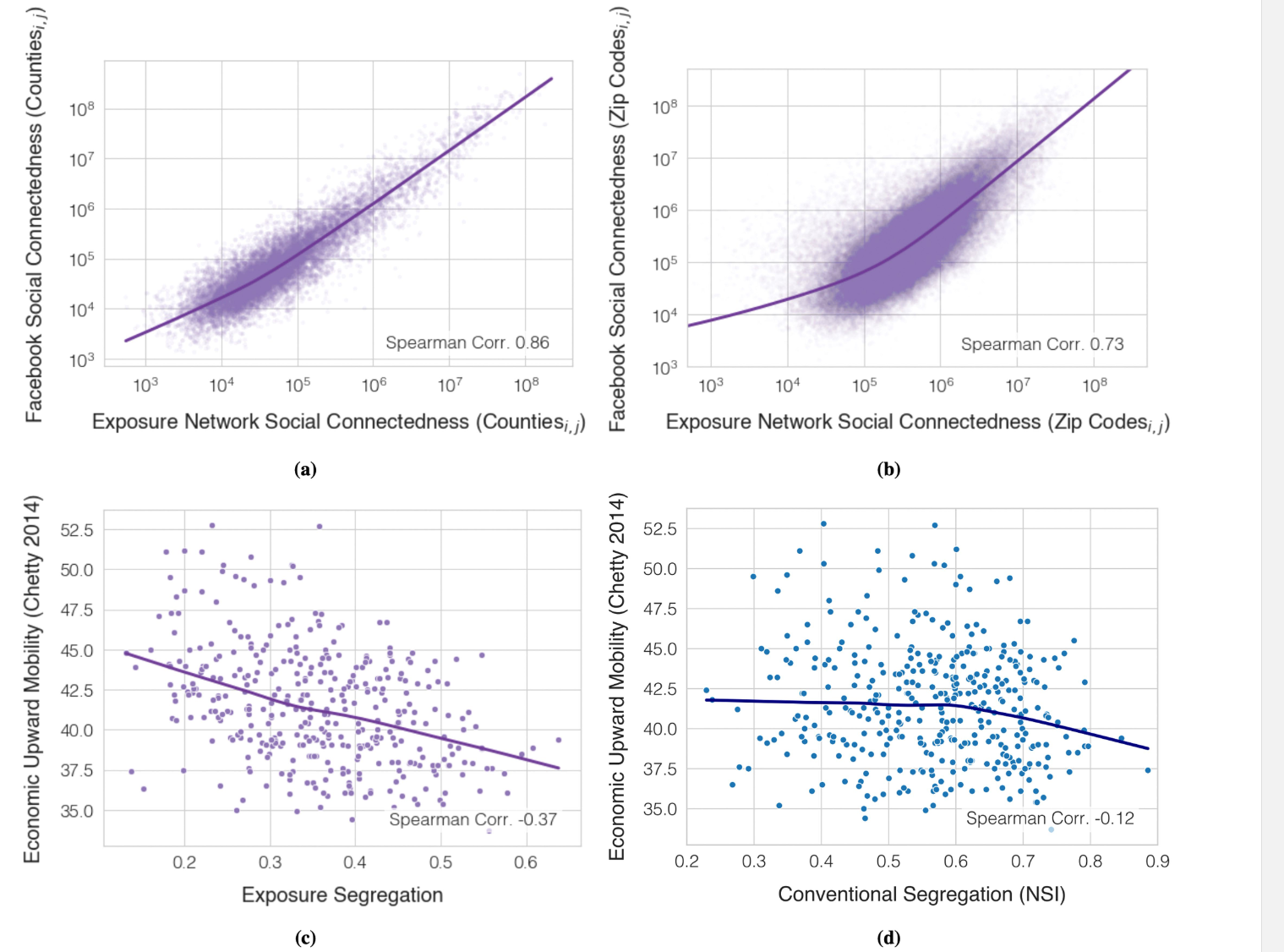
Coding Reference:





